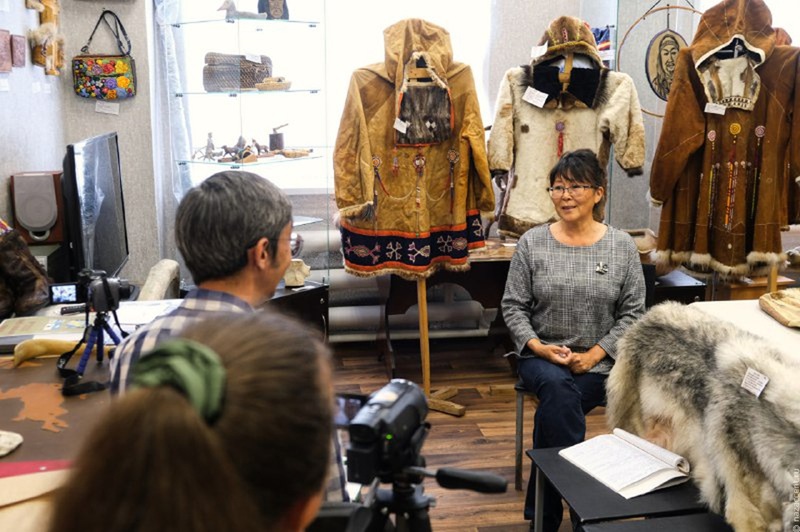Scientists of Kamchatka State University named after Vitus Bering discovered that many words of the Koryak language have changed their semantic meanings in recent years. The main reason is borrowing from the Russian language.

The discovery was made during expeditions to Kamchatka from 2008 to 2023, where scientists communicated in the Koryak language with representatives of the indigenous peoples of the peninsula.
“During the expeditions, we observed how the Russian language affects the grammatical structure of the Koryak language,” said Anatoly Sorokin, head of the University’s Center for Intercultural Communications and Ethnolinguistic Studies.
According to him, the traditional structure of the sentence is gradually changing, new constructions are appearing, translated from Russian.
Under the influence of the Russian language, Koryak words begin to acquire additional meanings. So, the word, which previously meant only “the tail of an animal”, is now used in the meaning of “the end of the word”.
“We have found interesting cases of language adaptation. For example, the Koryak language uses existing words to denote new technologies, giving them new meanings. So, the verb “pyjikki” – “to separate something from something” – can now mean “to take a video,” the linguist explained.
The researchers also documented how traditional Koryak words acquire new meanings by analogy with polysemous Russian words. For example, a word that originally meant only “plant root” is now also used figuratively – “roots” in the sense of “origin”, which is unusual for the original Koryak semantics.
Kamchatka is traditionally home to six indigenous small-numbered peoples of the North, Siberia and the Far East: Itelmen, Koryaks, Kamchatka Evens, Chukchi, Commander Aleuts, Kamchadals. More than 900 children and teenagers study the native language of the KMNS in the region’s schools, textbooks are published, and elective classes are held.